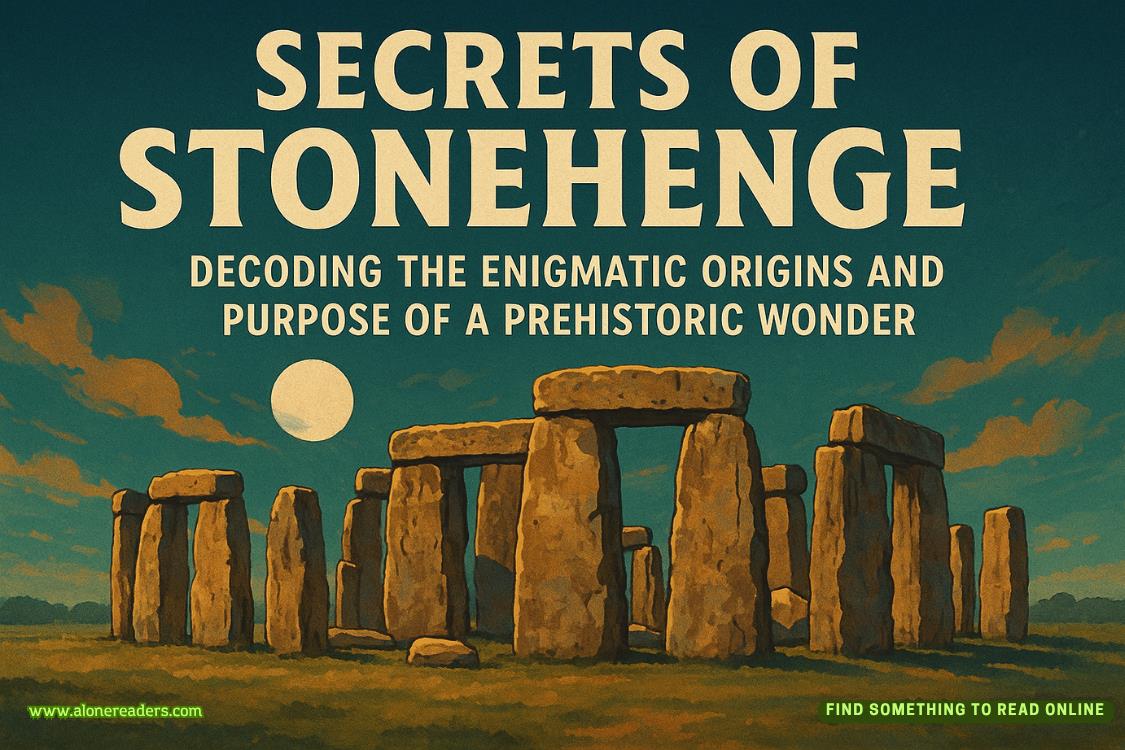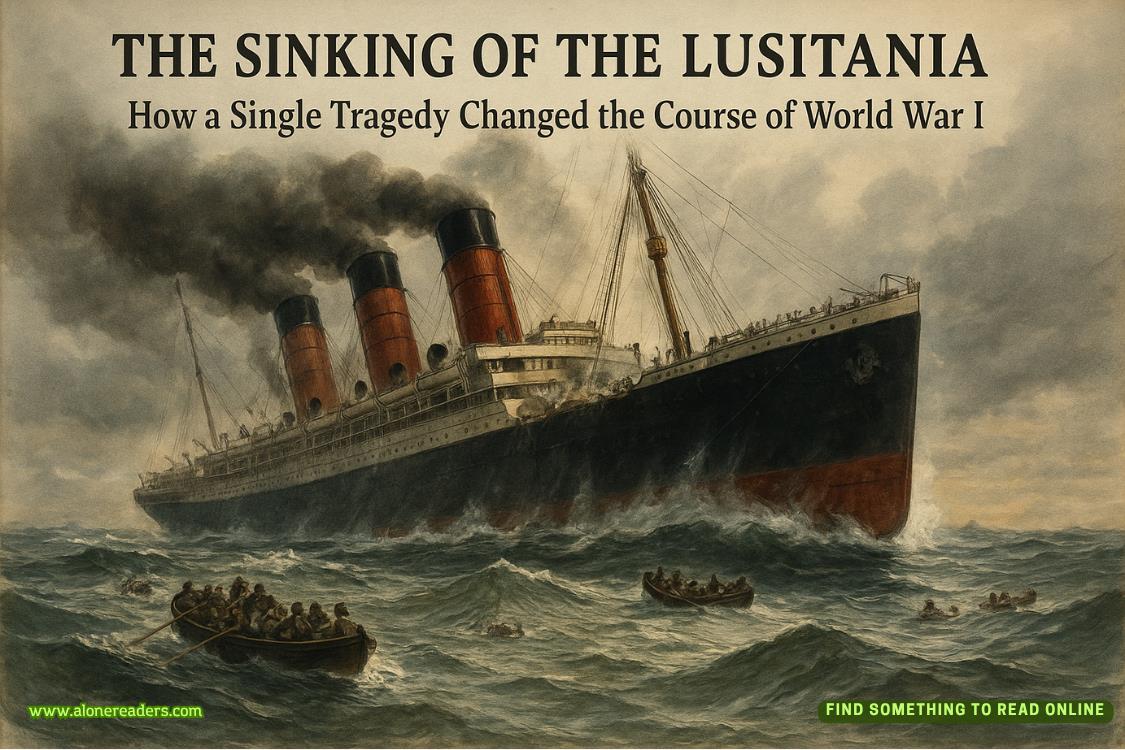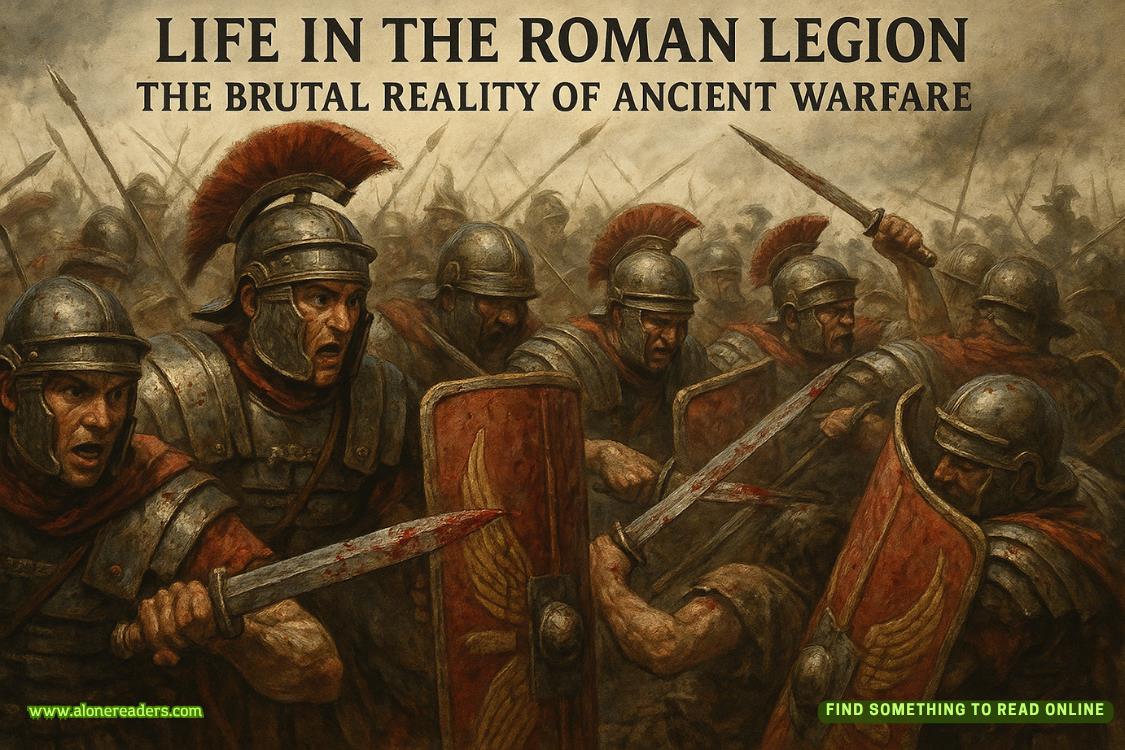Page 268 of DATE
"You've drawn two types," he murmured. "A triangular one, and the other a grip perpendicular to the ground and the barrel?"
"I'm not sure where the grips should be placed on the lever," Hedy explained. "Do you think this would be useful?"
Da Vinci had already started calculating rapidly, too absorbed to answer her question.
The charcoal pencil quickly drew diagrams of force analysis with different focuses, arrows, and values marking the points of application and distribution, along with sketches of different grip shapes.
By the next day, they began experimenting with the placement and shape of the grips.
Da Vinci had stayed up all night making a movable grip stabilizer, and together they designed four different types of grips based on their shared ideas.
The grip couldn’t be too heavy or too light, and it had to maintain a stable balance against recoil.
Luris mumbled that mathematicians were too particular but still joined the experiment along with the others.
The results came quickly, so much so that Hedy was somewhat surprised.
The right-angle forward grip reduced recoil in both the vertical and horizontal directions, and it was quite easy to hold.
The vertical grip, while greatly reducing muzzle rise, was effective in suppressing the barrel, but it still caused noticeable deviation in the trajectory.
The genius craftsmen immediately began modifying the matchlock gun's design, creating wooden grooves specifically for the grips and finding the most suitable insertion points.
The number of destroyed targets in the musket camp grew rapidly, piling up like stacks of firewood.
Hedy let out a long sigh of relief and began addressing another issue with Leonardo—the gunpowder mixture.
This fascinating substance, originating from the distant East, had evolved and changed continuously due to the ravages of war.
In simple terms, gunpowder consists of three main components—saltpeter, charcoal, and sulfur.
The igniter, the fuel, and the explosive.
It was because of gunpowder that untrained peasants could pierce the armor of knights, and it also contributed to the escalating wars and chaos in Europe.
"Simply put, the roughest ratio right now is 8:1:1," Da Vinci led her to the arms factory's smelting process and explained in a low voice, "But this is not the right answer."
"How do you know?" Hedy observed the blueprints for cannons and giant crossbows, following him into the gunpowder preparation room.
"Experiments," Da Vinci shook his head. "I’ve tried 6:3:1, and 7:2:2. It’s always missing something."
Sometimes the burn rate was too fast, but the explosion was small. Other times, the explosion was too powerful but unstable. The ratio hadn’t been adjusted to the ideal one yet.
Hedy paused, deep in thought. "What about the specific percentage?"
"What?"
"Percentage?" She suddenly realized something and asked, "Don’t you know that word?"
"Is... it about the ignition method?" Da Vinci shook his head. "It has nothing to do with ignition."
Hedy froze for a few seconds, then belatedly realized that the term was from modern Latin.
She trusted him more than she had in the past few years and, at this moment, didn't mind explaining this rather modern concept. "Let’s say we divide the value into one hundred parts. Then we can make the ratio more precise, right?"
"You mean like dividing a clock into segments?" Da Vinci blinked in confusion, repeating, "That’s what the word means?"
"Exactly, in every hundred parts, how many parts for each." Hedy took out her notebook from her bag and handed it to him. "Could you calculate and adjust the ratio?"















